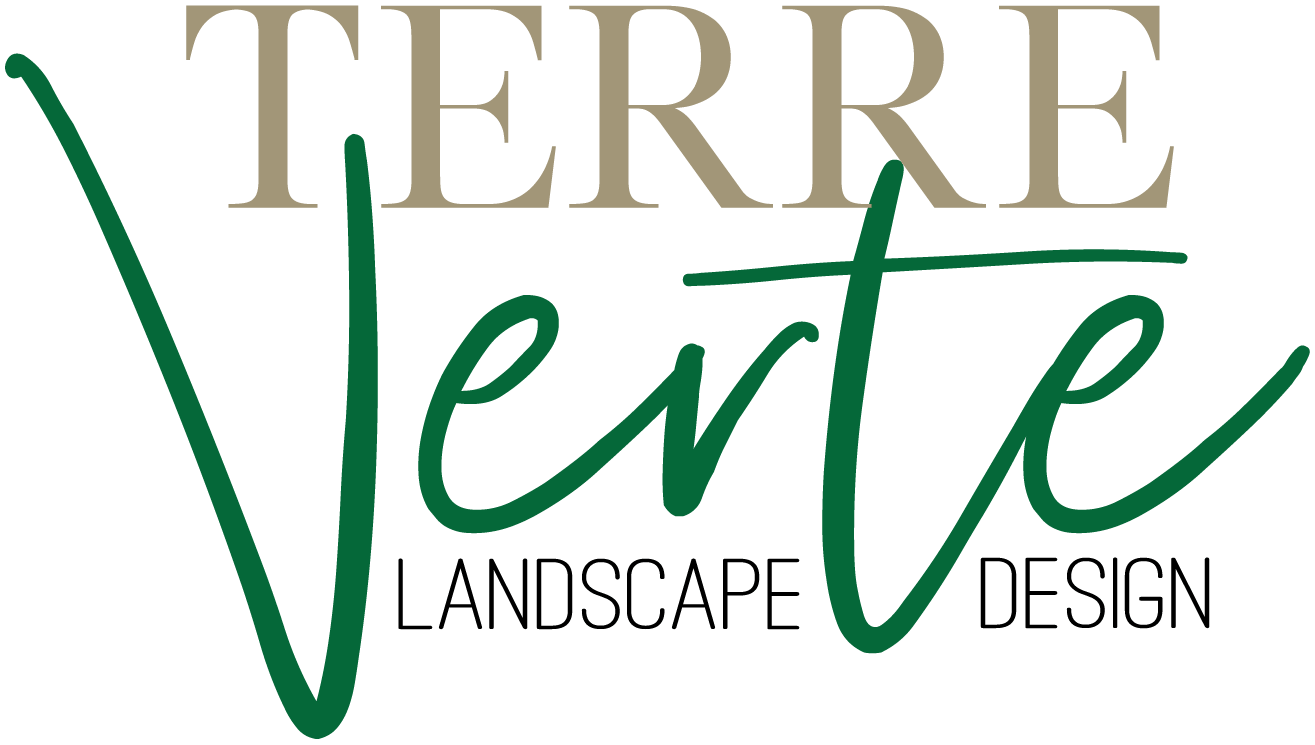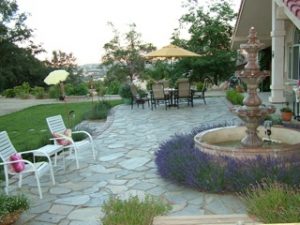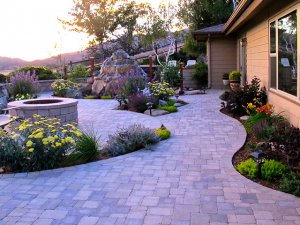Guidelines by the National Xeriscape Council
1. Planning and Design
Beautiful and efficient water wise gardens, begin with a good design. Conserving water in the landscape can be maximized if it is considered in the initial planning stage. Dividing the landscape into zones with differing water requirements will help with effectively managing the landscape. An oasis next to the house will be the highest water use zone, followed by a transition zone and then further away plan the lowest water-use zone.
2. Irrigation
Irrigation is necessary at least in the first few years while plant’s root systems are developing. Here in Tehachapi, most landscapes need irrigation for at least a portion of the planted area, for the life of the garden. Water should be applied as efficiently as possible. Sprinklers are appropriate for turf, but drip irrigation, micro-sprayers and soaker hoses can all be part of a well planned irrigation system for the transition and low water zones.
3. Mulch
Mulch reduces erosion, and evaporation of moisture in the soil as well as moderating the temperature. It also suppresses weeds. Materials that allow water, and oxygen to pass through to the roots are the best choices. A weed barrier fabric covered with 2 to 4 inches of bark or gravel is a great choice. Some weed seeds will blow on top of the mulch and take root, but the number is limited and the weeds are easy to pull out.
4. Soil Preparation
To be successful with your gardening endeavor you must prepare the soil in the areas you are going to plant. This can mean tilling, and amending with compost to improve the soil in the oasis and transition water zone at least.
Depending on the plant material chosen, and the soil in the planting location, you may be able to get away with just loosening the soil by digging the plant holes wide enough in the low water area.
5. Practical Use of Turf
Lawn has been a mainstay in American landscapes for decades. It can fulfill the needs of homeowners by cooling the local environment, reducing erosion and dust, and providing a play surface for children and pets. The choice of whether or not you need turf grass, and how much you need should be made after considering how you plan to use an area, what the benefits will be of incorporating turf, and then deciding how to use it in a limited fashion. It can be a main component of the oasis and should be used close to the house where it’s benefits can be enjoyed the most.
6. Appropriate Plant Selection
There is a wide selection of plants that require less water available in nurseries now. The variety of low water, colorful, fragrant, and beautiful plants is amazing! There are plants with long bloom seasons, attractive leaves and beautiful bark, giving us the ability to plan for color and interest in each season.
7. Maintenance
Whether you plan to take care of the landscape yourself or have help from a gardener, maintenance must be planned for. Low maintenance is possible. No maintenance is not. Be realistic about the time it will take to maintain the landscape. Pruning, occasional weeding and pest management as well as checking the irrigation system to see that it is functioning properly is the minimum maintenance for a well cared for yard.






